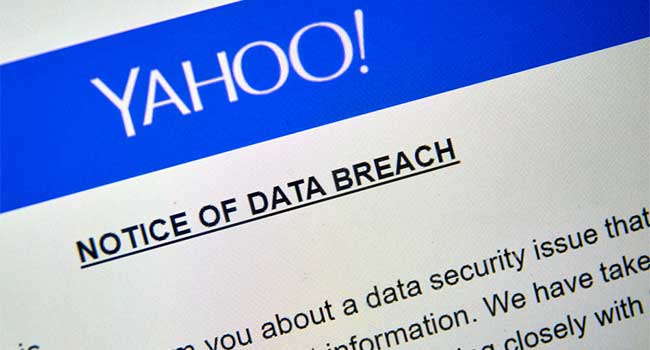
All 3 Billion Yahoo Users Have Been Hacked
Yahoo recieved new information to show that all the accounts had been hacked, not just a portion as previously thought.
A historic data breach at Yahoo in August 2013 has affected every single customer account, all three billion, Yahoo parent company Verizon said on Tuesday.
Those accounts include email, Tumblr, Fantasy and Flickr and is three times as much as what the company originally reported in 2016. Names, email addresses and passwords, but not financial information, were breached Yahoo said last year.
The new disclosure comes from Verizon just four months after the company acquired Yahoo's core internet assets for $4.48 billion. Verizon said it revised the number of breached accounts to three billion after receiving new information.
"The company recently obtained new intelligence and now believes, following an investigation with the assistance of outside forensic experts, that all Yahoo user accounts were affected by the August 2013 theft," Verizon said in a statement.
Verizon did not supply anymore information about who the outside experts are.
Yahoo will send out emails to all the impacted accounts. Last year, the website required password changes and invalidated unencrypted security questions to protect user information.
According to experts, it's not uncommon for forensic investigations to expose a greater number of victims than initial estimates.
“It’s not surprising that the Yahoo! breach is larger than originally reported," Ajay Uggirala, director of product marketing at Imperva said. "Troves of data from this breach apparently compromised as long ago as 2012, popped on the Dark Net in 2016, which likely means that at least some of this data has been circulating through the Dark Net for years. "